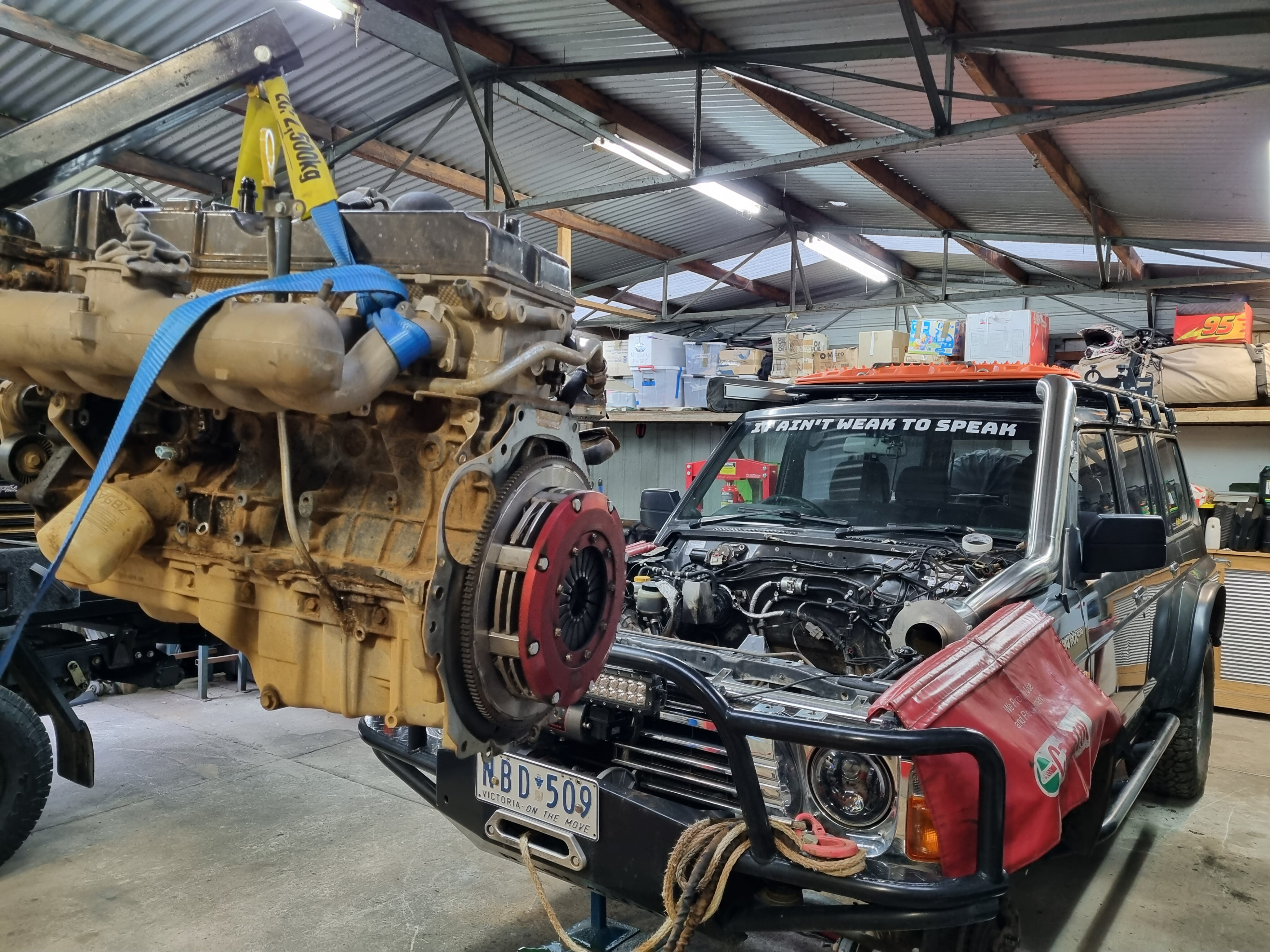
They say adversity breeds innovation. For all of human history, the harder the situation, the more we fire up the grey matter to come up with a solution.
In famine we build smarter farming practices, in war we build smarter communication equipment, and you best believe that rainy England is all over umbrellas compared to us here in sunny Australia.
It might seem like a long bow to draw, but that innovation through adversity is also why we’re so bloody good at designing and building cars in Australia, and the engines that drive them.
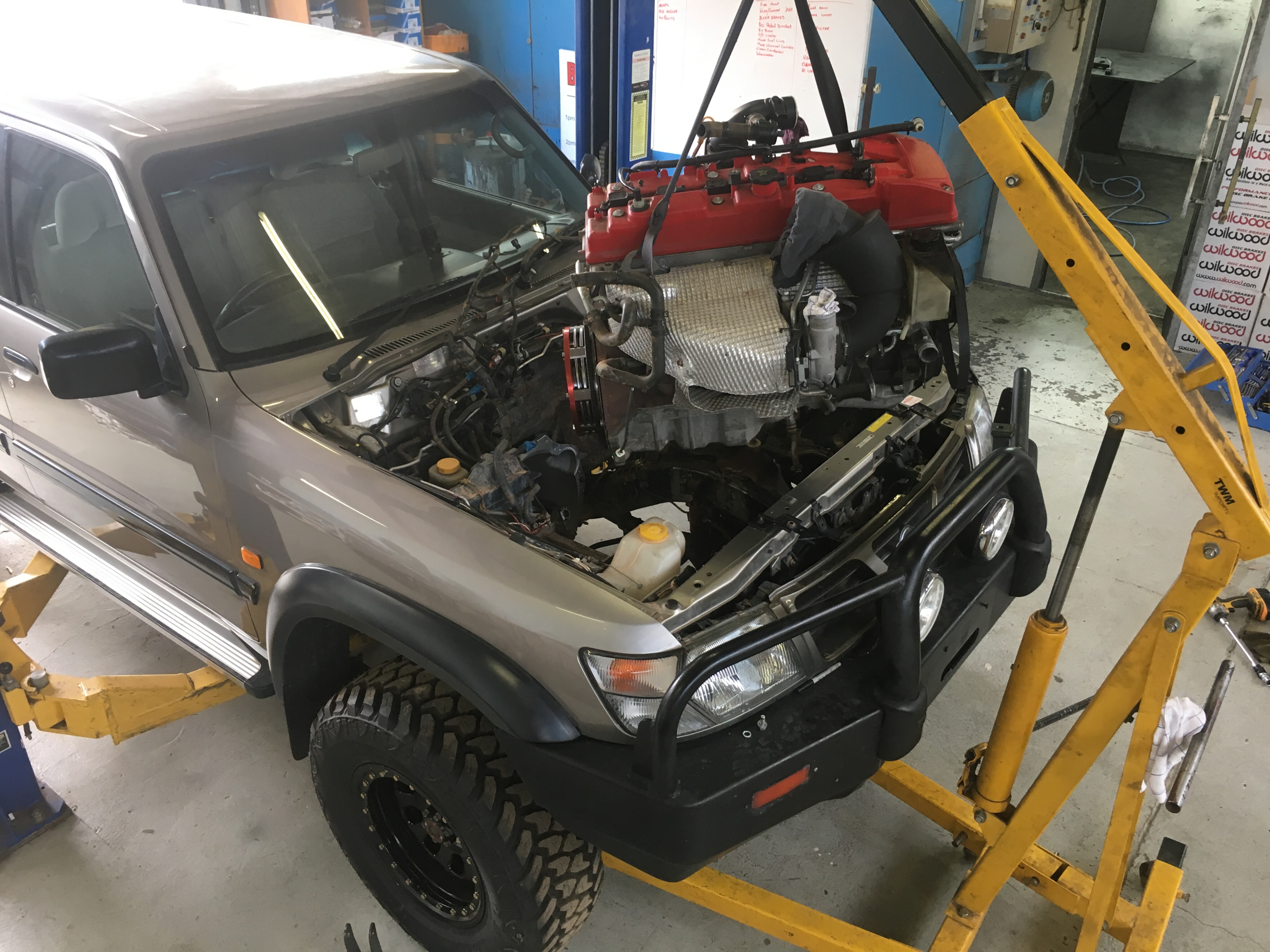
A world away from any of the traditional manufacturing powerhouses, we’re a land of limited population, wide open expanses, and very different needs to any of our neighbours. The Ford ‘Barra’ engine is the culmination of that ingenuity, at least when it comes to internal combustion engines.
As strong as an ox to handle the massive kays between population centres, reasonable on fuel due to our higher fuel prices, and goes like a rat up a drainpipe because, quite frankly, we’re a nation of rev heads.
But what is it about the mighty Barra that makes it renowned the world over, and why would you want to shoehorn one into your LandCruiser? We’re glad you asked.
Barra building blocks
Ford has a long history with the venerable straight six. While the flat-head V8 may be what put the company on the map for power, its six-pots were renowned for reliability.
The FoMoCo dipped its toe in the water with a few different designed sixes from 1906 through to the 1950s, but the third generation known as the ‘Thriftpower Six’ introduced in 1960 is the first in the line of unbroken development that eventually finished with the Barra.
With a 144ci (2.4L) capacity, the Thriftpower Six ran a unique in-head intake setup that severely restricted its power potential – just 67kW from the factory floor - but resulted in miserly fuel consumption as low as 8L/100km in early Compact Falcons. Australia imported both the 144ci and 170ci versions.
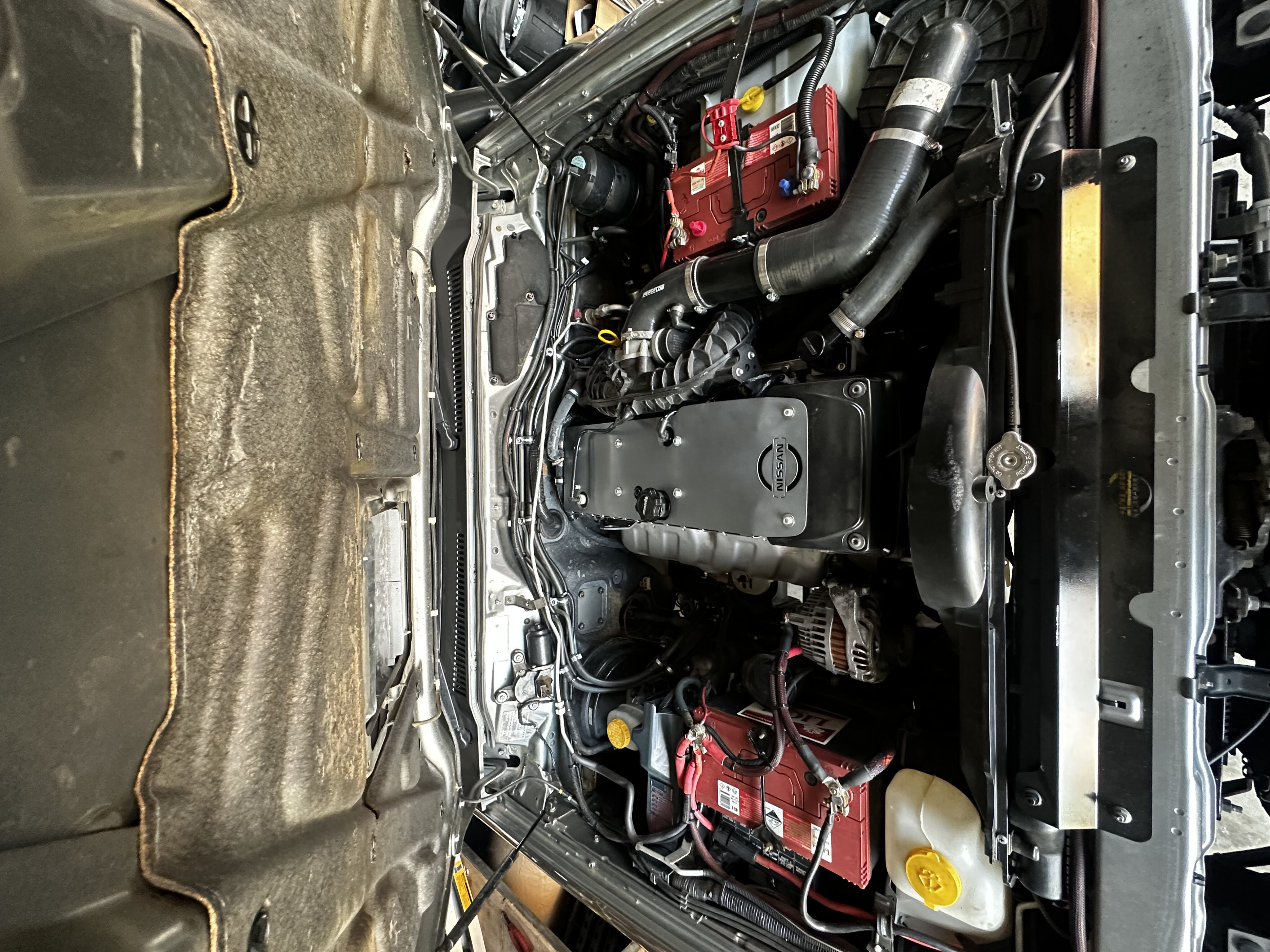
From here, the Yanks kept developing this platform with limited success on the power front, but ultimately finished the range up in 1996 with a 300ci (4.9L) version.
On Aussie shores, we went our own path. Think of two identical twins, one receiving the best education and physical training possible, the other living in a trailer park.
Through the 60s, 70s, and 80s we tweaked and modified the basic design of the straight six through a bunch of minor revisions and capacity increases. Up to 250ci (4.1L) with a newly designed head featuring a freer flowing external intake, the 250-2V was the final iteration with 128kW, which is nearly double what the initial Thriftpower was capable of.
Latest Gear Guides
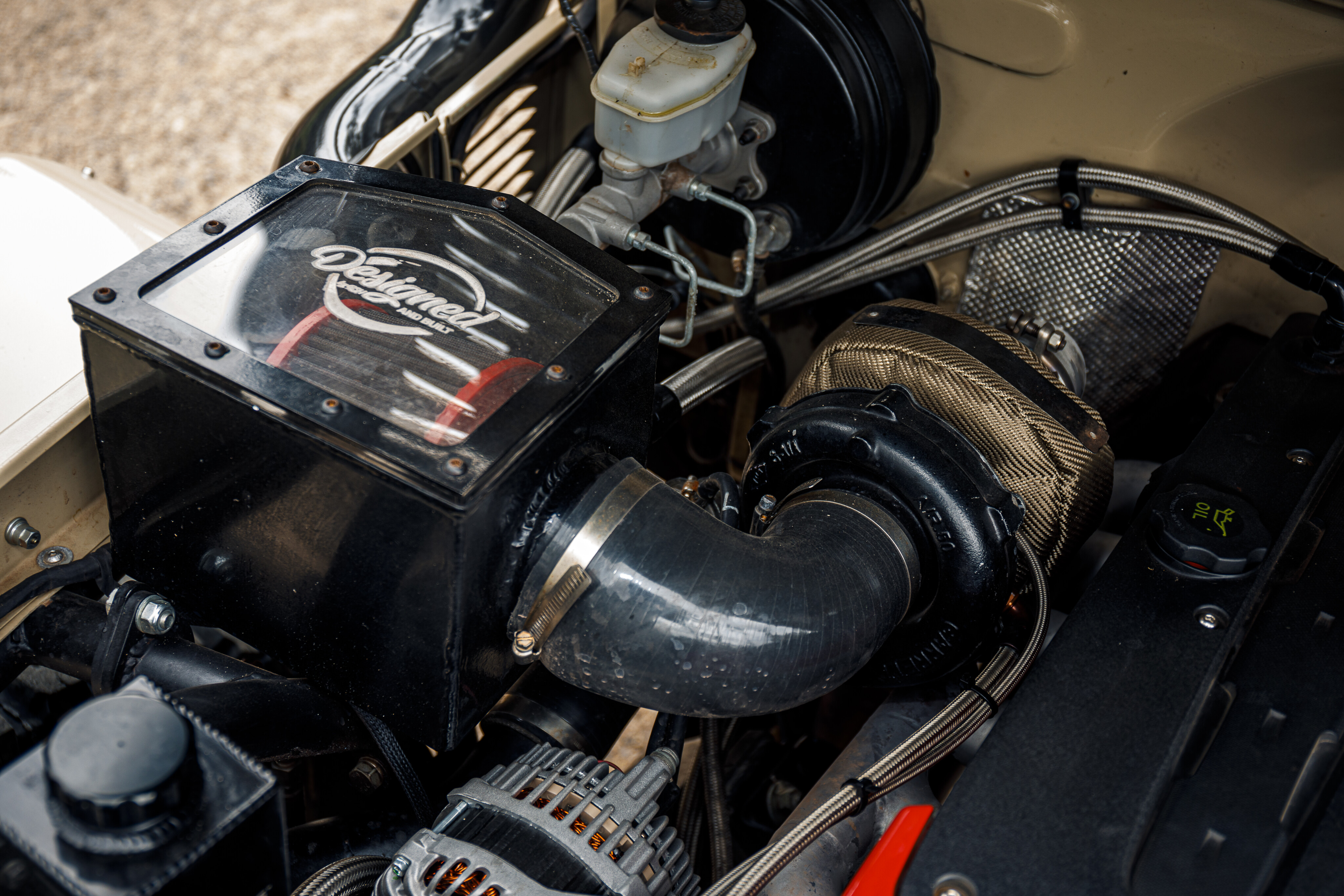
From here, the roller coaster starts picking up speed. The previous generations were what’s known as a reverse flow head. Essentially the air mixture would come in the driver’s side, go through the combustion process, then about face and head back out the exhaust on the driver’s side. The new Crossflow model had the air mixture come in on the passenger side, and out the driver side.
Revolutionary, hey? Over the years the cast-iron head was swapped for alloy, and carburettors for multi-point fuel injection. Factory power levels remained largely unchanged, but the improvements in flow meant that with aftermarket goodies hot-rodders started paying attention to the engine.
In the late 80s, a redesign saw a conversion from pushrod to overhead cam in the SOHC range, which topped out in the EL XR6 making 164kW. For reference, the 5L Windsor V8 of the time made just 6kW more. The Aussie six was starting to get seriously impressive.
The AU Falcon received an update known as the ‘Intech’, adding variable cam timing and sequential fuel injection, which bumped power up to 172kW and torque to 374Nm. This was the last generation of the Aussie Six before the Barra came along to change the game completely.
What makes it so good?
So what makes the Barra stand out from 42 years of minor tweaks, and why is it named after a fish?
Well, the name is easy: Barramundi was the code name while the engine was in development. An opportunistic predator, the Barramundi is known for “eating everything”. The ‘Gull’ was also floated, noted for flying high and “shitting on everything”, but it may not have been as palatable to the public.
Built in Ford’s Geelong, Victoria plant from 2002-2016, the Barra’s bottom-end was initially left largely unchanged from the earlier Intech engine, but the top-end copped double overhead cams, coil-on-plug ignition and four valves per cylinder.
Output immediately jumped to 182kW and 380Nm… in the base model. The entry-level turbocharged Barra 240T amped that up to 240kW and 450Nm. The final iteration boasted 370kW and 650Nm in the limited edition XR6 Sprint.
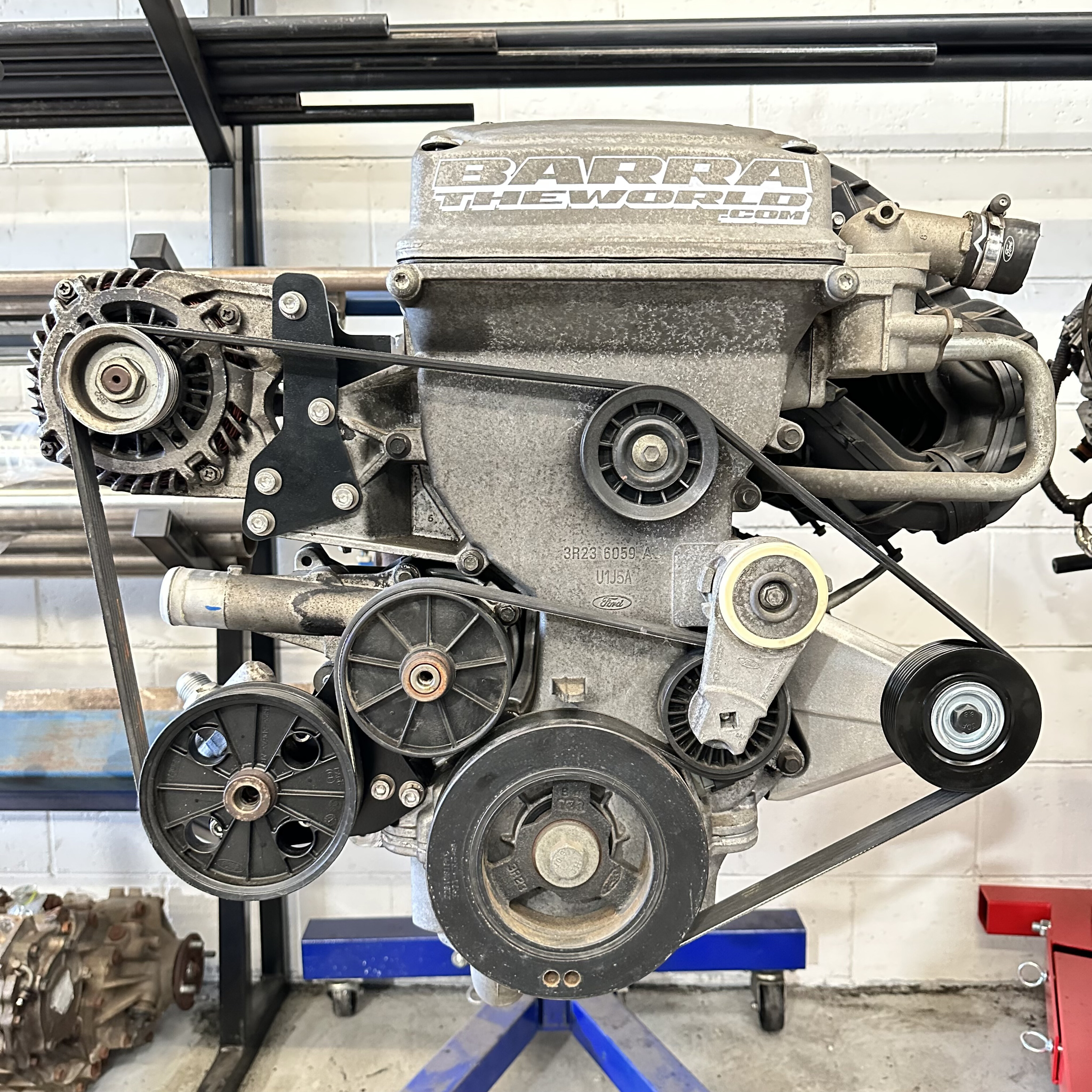
“I think Ford just got the Barra right,” says Joe Tummarello from Precision Racing while he leans over a 1600hp offering he’d previously built. “It’s a big capacity, modern tech six-cylinder designed to last over a million kays in a taxi, handle over 300kW in the F6, and meet strict emission standards.”
Despite being a big robust Aussie 4.0L six with a cast-iron block, the engine is a genuine competitor for performance with the very best engines to ever leave Japan or Germany.
Tech-wizard Richard Swindel-Hurst from LCS 4x4 adds, “They’re just a very driveable engine, especially when paired with the ZF six [speed] transmission. Smooth power delivery, modern enough to have engine protection, and endless amounts of off-the-shelf mods for big power upgrades.”
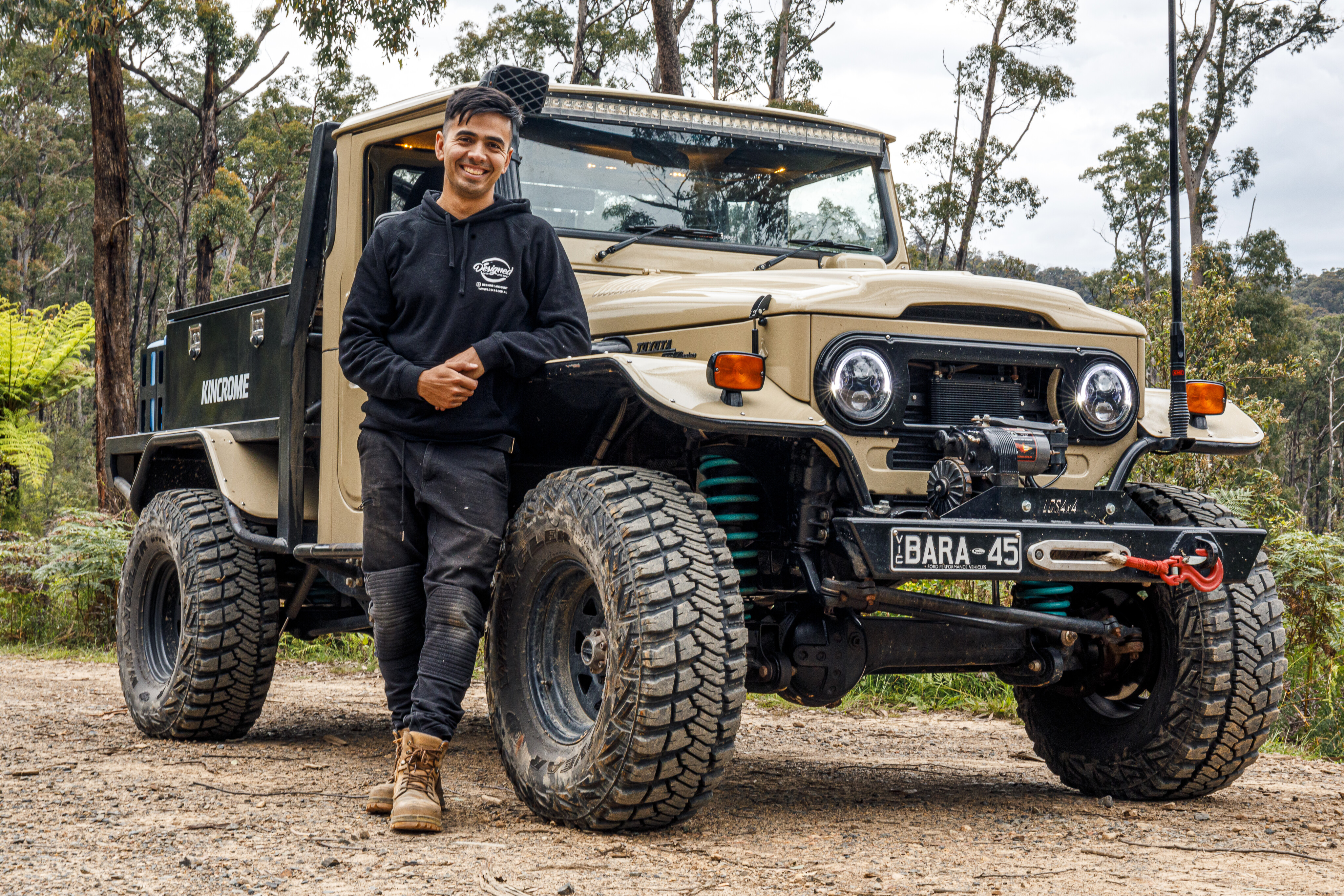
While all this sounds great in a performance sedan, those numbers translate fantastically into 4x4 land as well. A junkyard non-turbo Barra produces 60 percent more power, and five percent more torque than a factory turbocharged TD42 Nissan Patrol. They’ll rev for days, last forever, tow, and be reasonably fuel efficient in the process. Starting to see why the Barra is on a pedestal?
The best Barra for you?
If you’re eyeing off the ideal Barra donk for your 4x4 there are a few considerations you’ll need to make along the way.
First of all, as a general rule, the engine you’re swapping in needs to be at least as new as the vehicle you’re swapping it into. You’ll be hard pressed getting a 2002 engine legally into a 2012 4x4, but a 2016 that looks identical won’t be an issue.
Secondly, the engine was produced for 14 years, and used in utes, sedans and SUVs. In other words, from low-performance LPG-only taxi variations right through to limited-run offerings with eye-watering performance. The more you spend, the better base engine you’ll get.
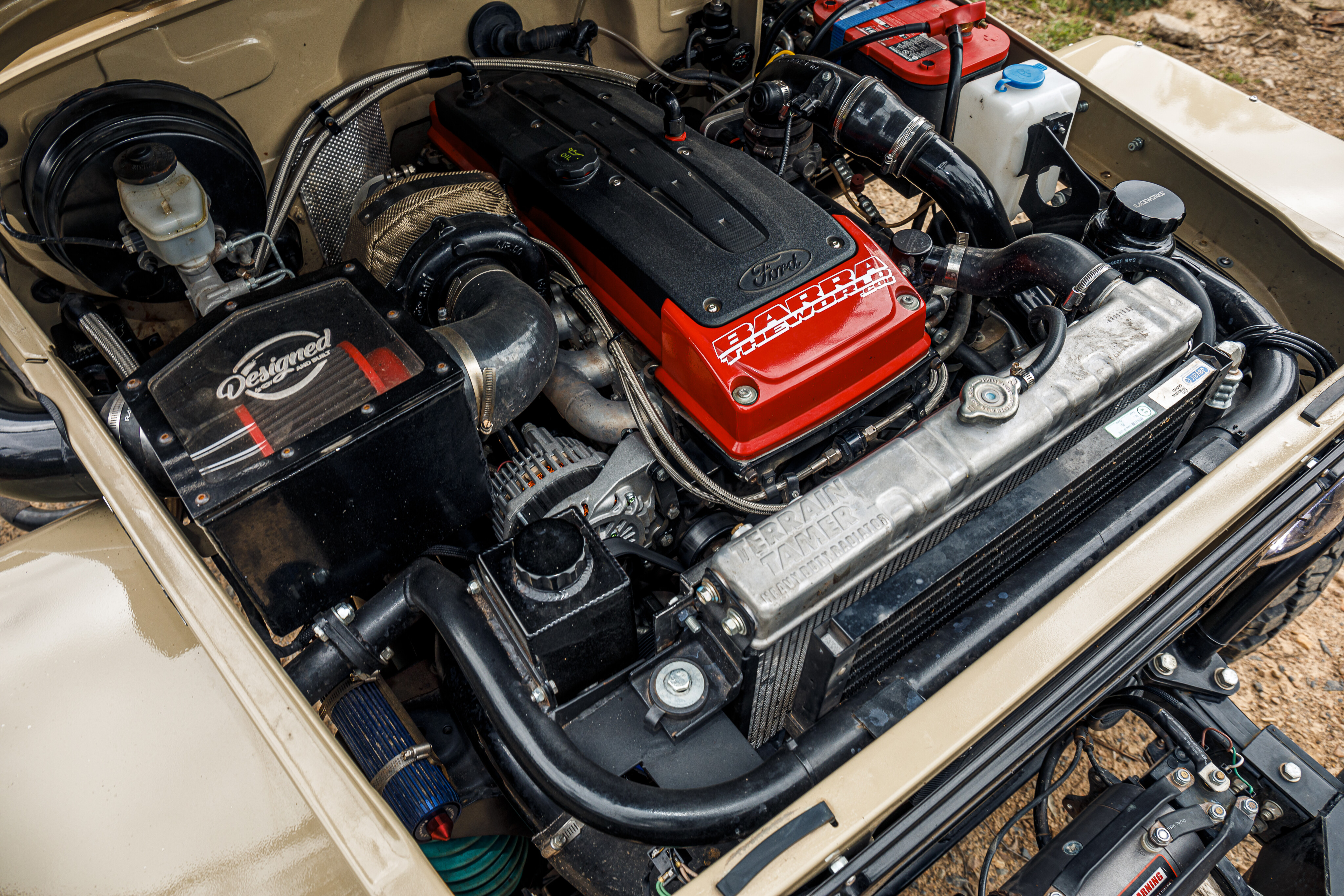
“The main difference between a naturally aspirated (NA) and a turbo engine is the piston and rod combination” Joe tells us. “NA engines have higher compression ratios and skinny rods, turbo engines have low compression and heavier duty rods. There’s also an LPG variant that has larger turbo-style rods and high-compression NA pistons.”
As each generation progressed, minor changes and improvements were made. The BF series (2005-2008) has stronger rods than the BA (2002-2005), while the newer FG and FGX which ran from 2006-2016 have stronger again.
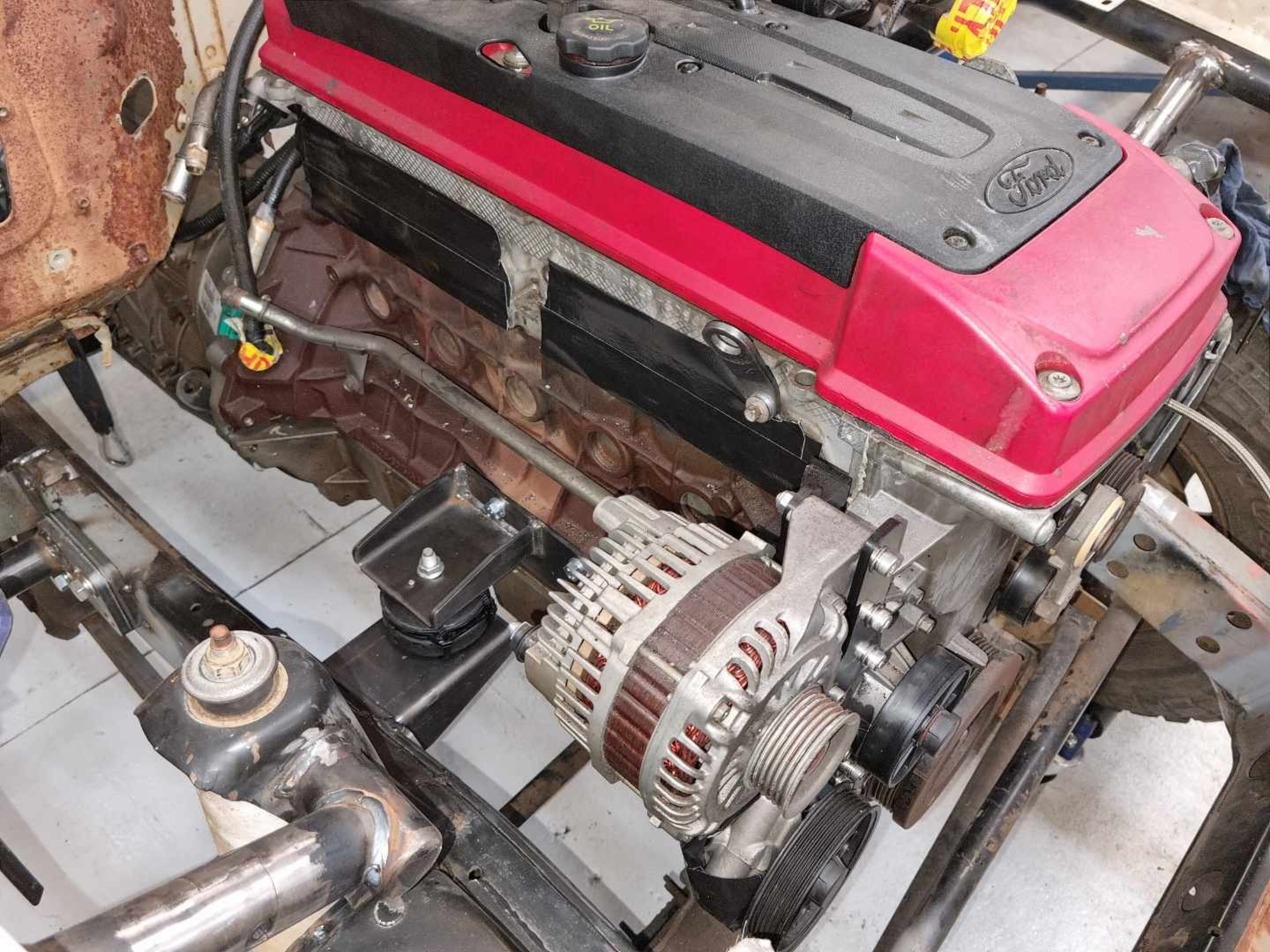
Joe added “You’ll need to consider whether you’ll need a front hump sump from the BA and BF, or a rear hump from the FG. It changes the dipstick location on the block. The BA only has provision in the block for a front sump, most BF blocks can run both, and later FGs can only run rear hump.”
In short, buy the newest engine that’ll fit in your 4x4. Even if you’re staying naturally aspirated, the FGX NA engine offers 195kW over the first generation 182kW BA engine.
Things that'll go bang
“If anyone tells you this engine is unreliable they’ve probably done a shit job of the conversion,” Richard tells us with a laugh. “With the right mods, and the right person doing the conversion, they’re one of the best options for a petrol swap at the moment.”
“If anyone tells you this engine is unreliable they’ve probably done a shit job of the conversion”
With Ford designing these engines right from the outset to handle the absolute punishment a taxi sees while still lasting the distance, it’s really not surprising the platform is seriously robust right out of the gates. But there are a few key modifications you can make for peace of mind.
If you’re going to rev your Barra it’s worth knowing the sintered metal gears in the oil pump don’t cope well with the harmonics of high revs or limiter bashing. When they fail they explode catastrophically, likely taking your engine with them.
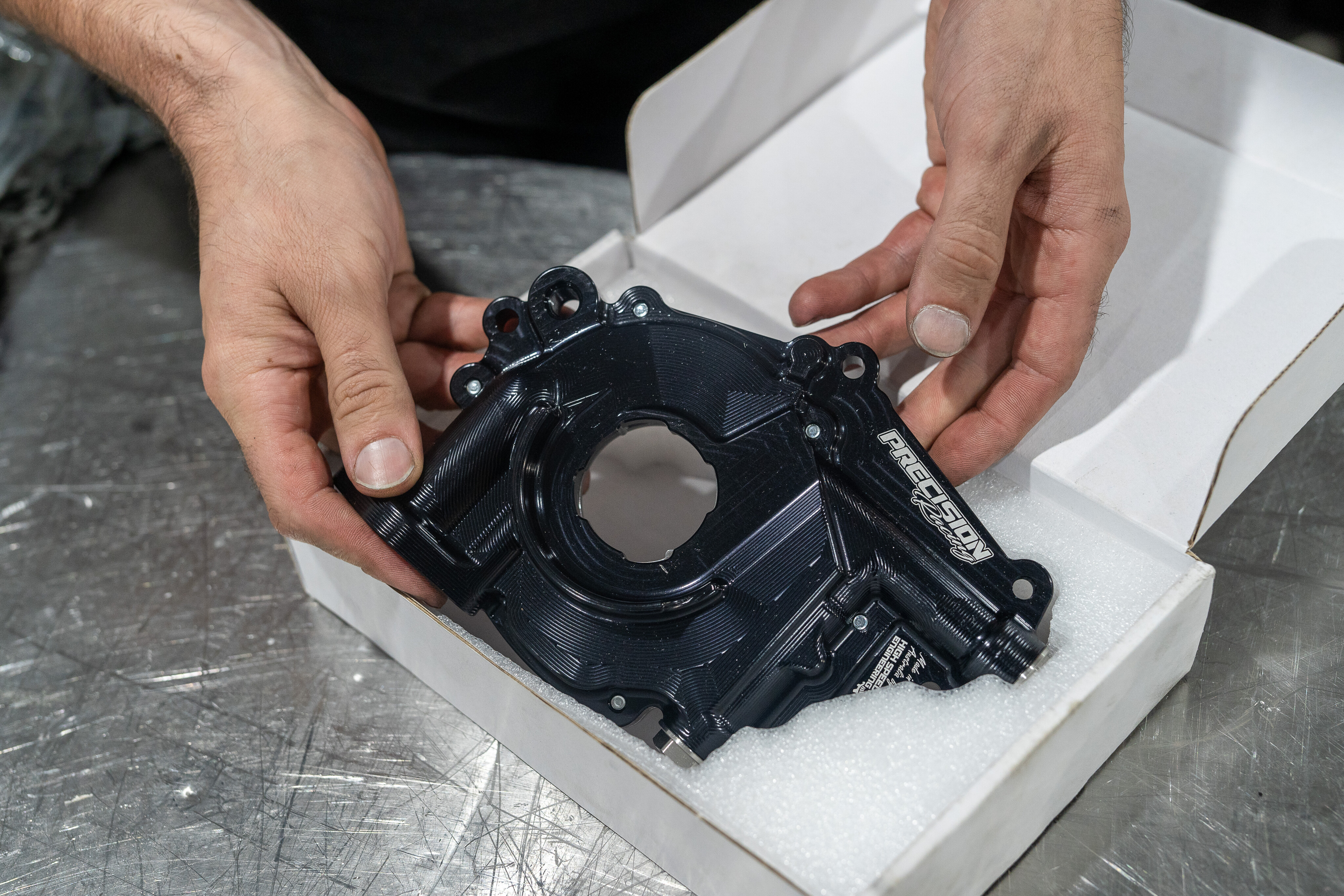
Precision Racing offers a few different upgrades with billet gears and redesigned pumps to reduce oil cavitation and oil pressure drop-off. If you own a pair of Pit Vipers or have ever drunk out of a shoe you should consider these pumps a must have.
From here, if you’re aiming for 300kW or less, the only other upgrade you need to consider is upgraded valve springs. Factory valve springs can only cope with around 10-12psi of boost pressure. A broken or failing valve spring can potentially grenade your engine and can be swapped out without lifting the head, so is cheap insurance.
Aside from that, you should swap out the stock oil-feed line for the turbo one as they tend to clog. Also run a quality oil, and swap out the front and rear main seal as well as the water pump before you slot the engine in.
Impress your mates
Let’s get one thing clear right from the get-go: the sky’s the limit with a Barra. Precision Racing can build you a 1600hp package every day of the week, and that’s running a factory block and head. Pony up for billet options and the platform is capable of 3000+ horsepower.
But unless you’re planning on doing time trials around Fraser Island your power goals, and budget, should be far more realistic.
One downside to the good design of the Barra from the factory is limited scope for improvement in naturally aspirated form.

“Modern ECUs are actually quite advanced,” says Joe. “They use features like an electronic throttle, dual manifold runner controls, knock sensors, oxygen sensors, and torque modelling, allowing the factory calibrations to get the tune quite good.”
With air intake and exhaust modifications and a tune on a late model FX XR6 non-turbo you’d be lucky to see a 15 percent increase in power. When it comes to boosted applications things get a whole lot easier.
“Boosted applications are going to require a tune regardless,” Joe says. “So you might as well add some injectors at the same time. Typically, a stock XR6T will make around 220 rear-wheel kW, and closer to 300 rear-wheel kW with injectors and a tune.”
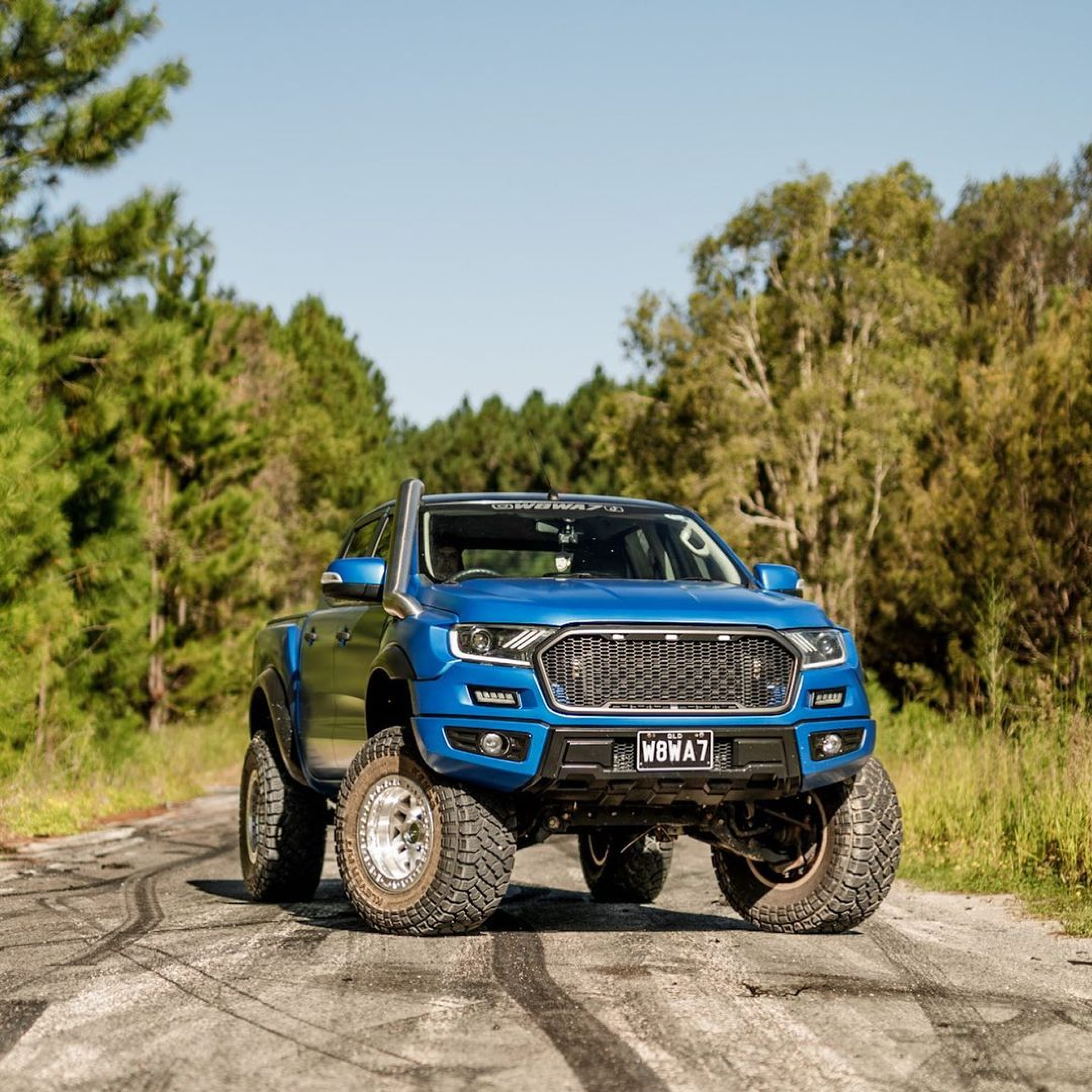
That setup alone will see your loaded GU or 100 Series ’Cruiser comfortably outpacing even tuned Y62 Patrols.
If you start ticking the upgrades box you can easily spend another $10-15,000 to get yourself over 400 rear-wheel kW, but you’ll be deep into the territory of diminishing returns, reliability, driveability and fuel economy all starting to suffer without any real improvements in day-to-day performance in a 4x4.
What will it cost?
The part you’ve all been waiting for, and unfortunately one of the hardest to answer. The old adage ‘how long is a piece of string’ comes up. How much it’ll cost to get a Barra in your 4x4 depends on a whole bunch of variables. What the setup is going into, who’s doing the work, and what you want the final result to be.
On the low end, if you’re DIY-ing, budget conscious and driving a simple Patrol or ’Cruiser, you can pick up a rough BA Falcon for around $2000. That’ll give you the engine, ECU, and a few odds and ends.
You can expect to spend another $2500 adapting the engine to your gearbox, $500 on some basic mounts, $1000 on wiring, and another $2000 on bits and pieces like an exhaust, fuel system, airbox, gaskets etc. All up, you could expect to spend around $10,000 DIY-ing a simple NA setup at home, or around $20,000 at a drive-in-drive-out shop.
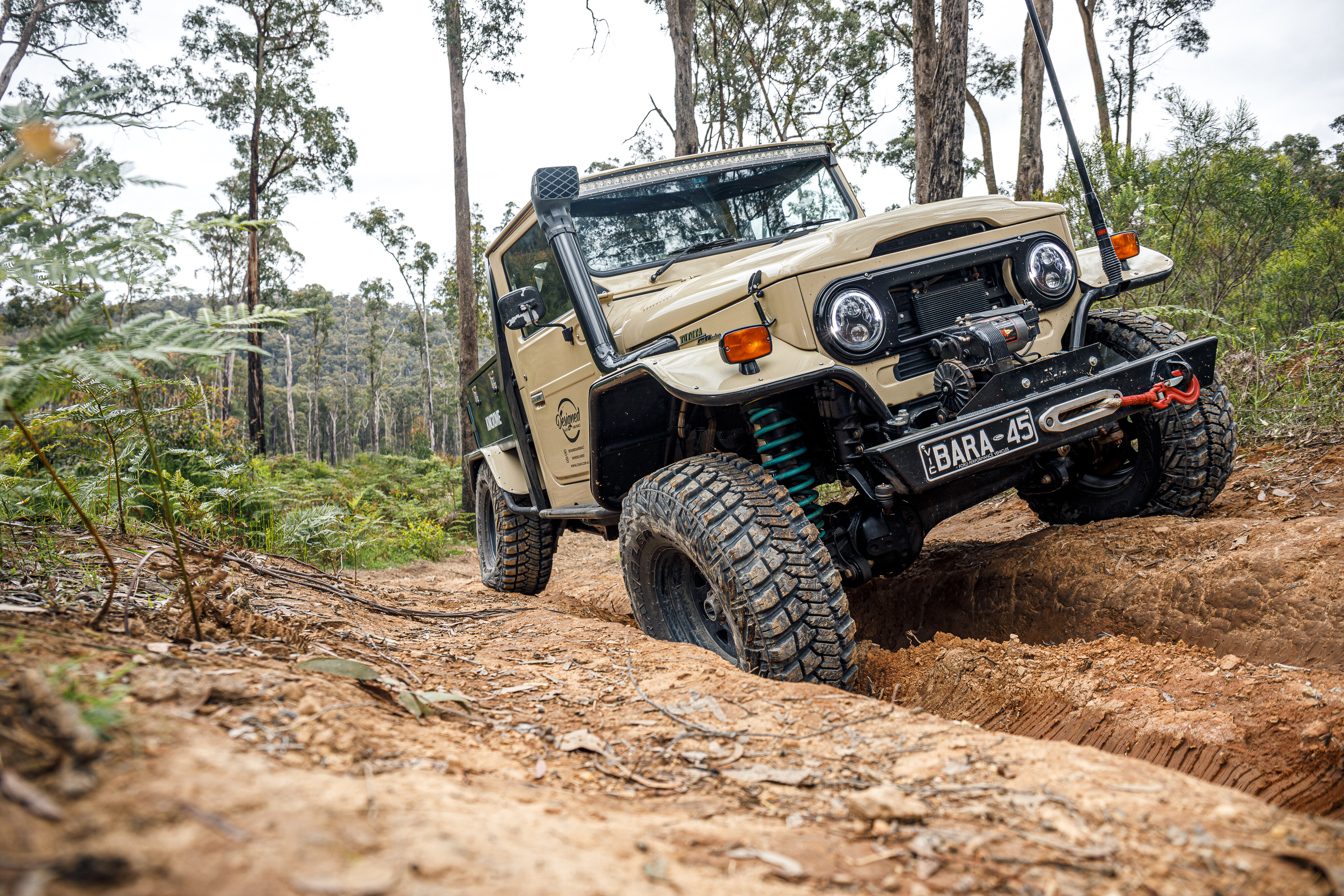
If you’re looking at a turbo setup, you can expect to spend double that, with double the performance. Drive-in-drive-out shops will sting you around $35-40,000 for a tidy FG turbo package with a professional fit and finish. If you’re DIYing a turbo setup you can expect to spend around $15-20,000. The price difference is eaten up with a higher initial purchase price of the drivetrain and more money in supporting modifications such as intercoolers, valve springs and oil pumps.
While you can buy stand-alone ECUs from companies like Haltech, and adaptors to sync Barra CANBUS signals with your factory gauges, engine conversions into later model vehicles like Rangers can become complicated, and as a result incredibly costly.
Running costs
While you might have to pony up some big bucks to get your Barra’d beast on the road, once it’s out terrorising the neighbourhood they’re surprisingly cheap and easy to run. “The maintenance is really quite easy,” says Richard. “Taxis were everywhere in Australia so parts are very easy to get; I just do my regular oil changes and that’s about it”.
With the Barra engine Ford bumped service intervals out to every 15,000km due to a bigger sump than the previous Intech version with a 6.8L capacity. Ford recommends halving that service interval for high performance or high load vehicles (like modified 4x4s) so drop it down to 7500km intervals, which should be twice a year for most owners.
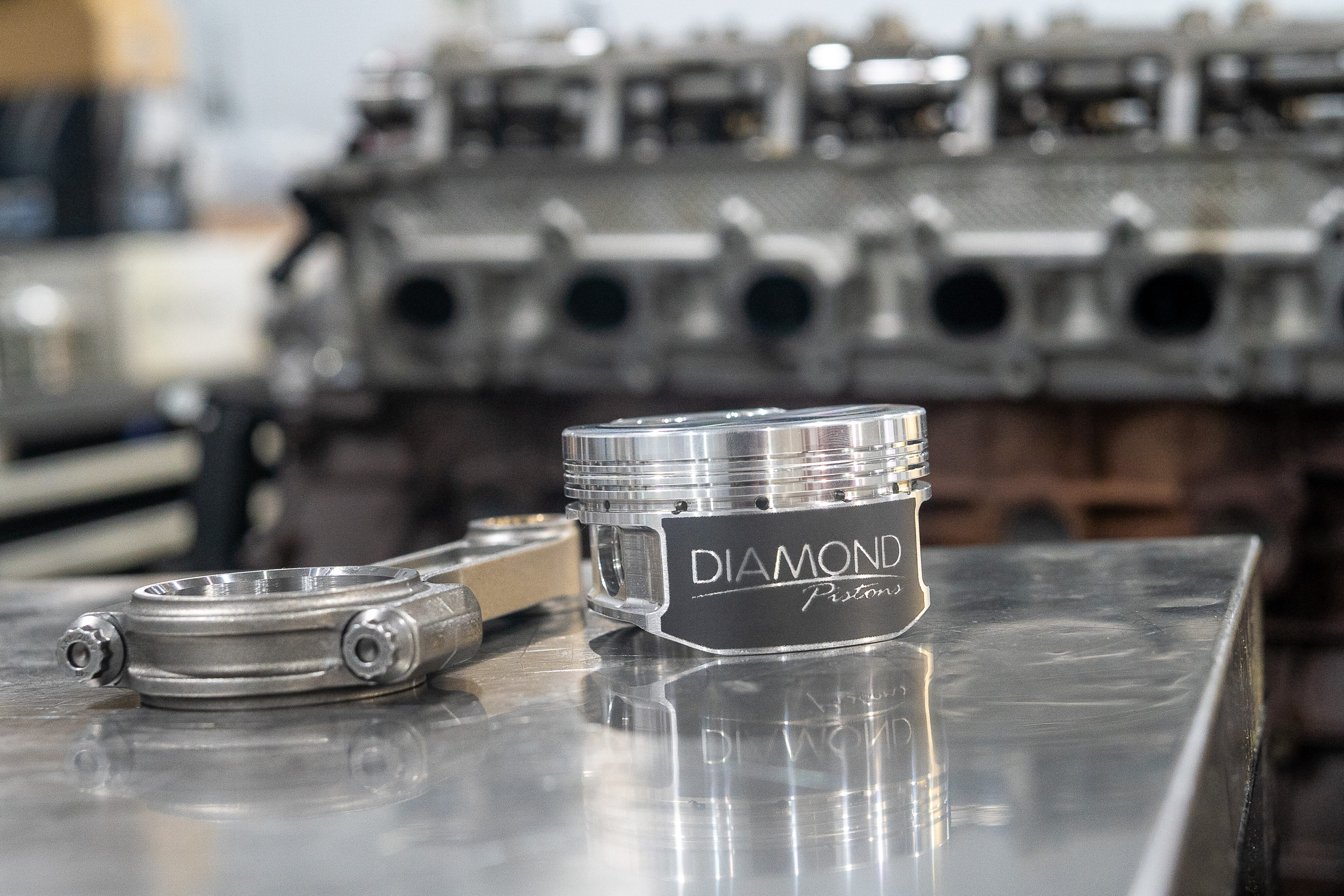
All up, with oil, spark plugs, coolant swaps, oil, fuel, and air filters, you can expect to spend around $400-$500 per year on servicing. Swap in a new oil pump and timing chain while the engine is out and you should have no major surprises or expenses once the engine is in.
On the fuel consumption front you can expect a reasonably modest cost too. Depending on the specification, a Barra Falcon had a claimed fuel consumption of 11.5-12.8L/100km. Of course, they’re a good 1000kg lighter than most 4x4s so you can expect a significant increase over that.
With 300kW and 600Nm in his Barra’d ’Cruiser Richard averages a respectable 17.5L/100km. That puts it slightly under the factory petrol-powered ’Cruisers and Patrols, with far more go under your right foot.
Is it worth the hassle?
Like any conversion, the value prospect ultimately comes down to what you want and what you’re willing to spend to get it.
If you’re after lower running costs, spending $20,000 to get them probably doesn’t make financial sense. But if you’ve got an old rig you want to modernise there’s a lot to be said for a Barra engine conversion. “
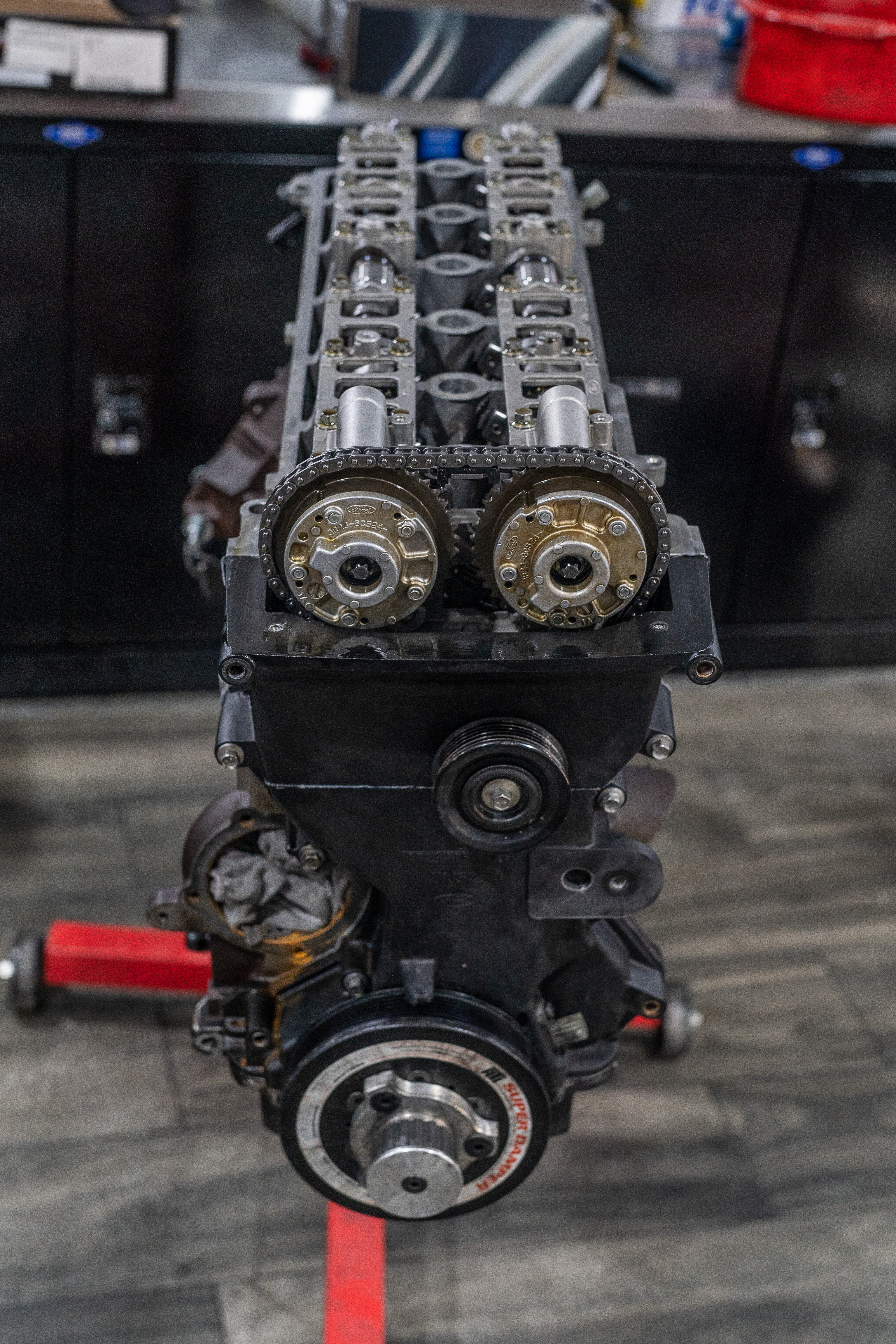
If you want to crawl they’re an excellent package,” Richard tells us. “The ZF six-speed is one of the best auto transmissions going. It’s one of the main reasons why I chose the swap. The ZF is out of the Falcon and native to a Barra so required no additional control modules or calibration. Right from the get-go my car was extremely drivable.”
Paired with a modest size turbo and reasonable power outputs the Barra really is a remarkable engine. Silky smooth, reasonable fuel consumption, plenty of low-down grunt compared to diesels and ample room high in the rev range.
If you’re keeping an older rig on the road, or just want to show your Aussie pride by bouncing off the rev limiter, it’s a hell of a path to take.
Build a Barra
Looking for advice or the kit to build your ultimate Barra? Hit up:
- Richard: lcs4x4.com.au
- Mez: barratheworld.com
- Joe: precisionracing.com.au



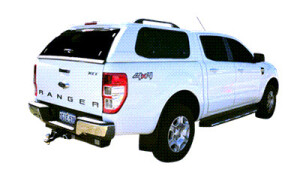
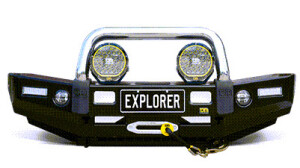


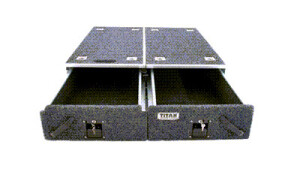
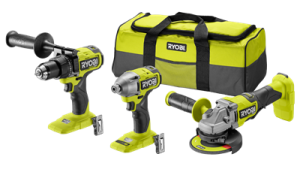
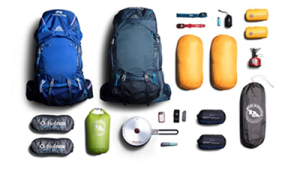

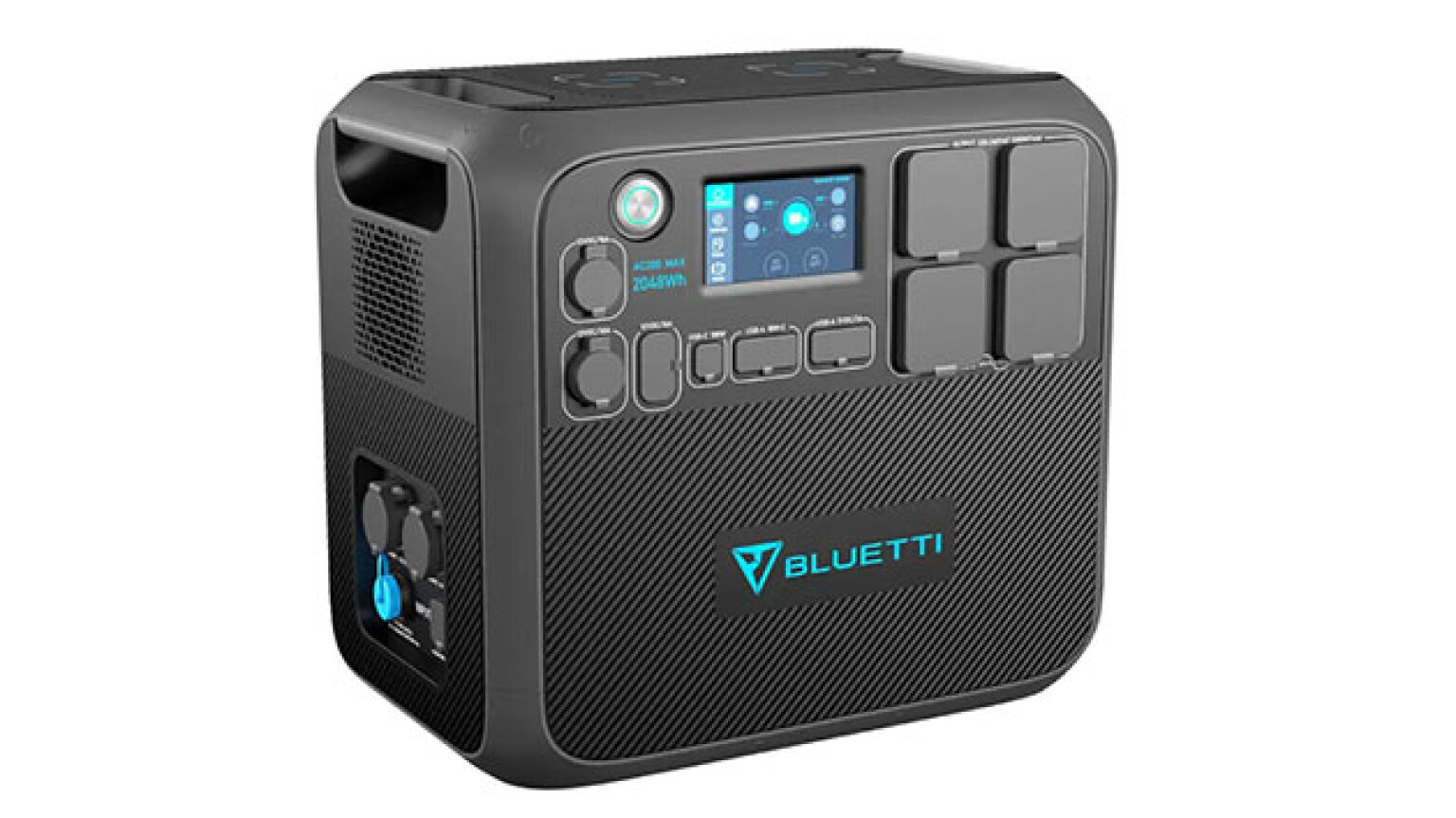
COMMENTS